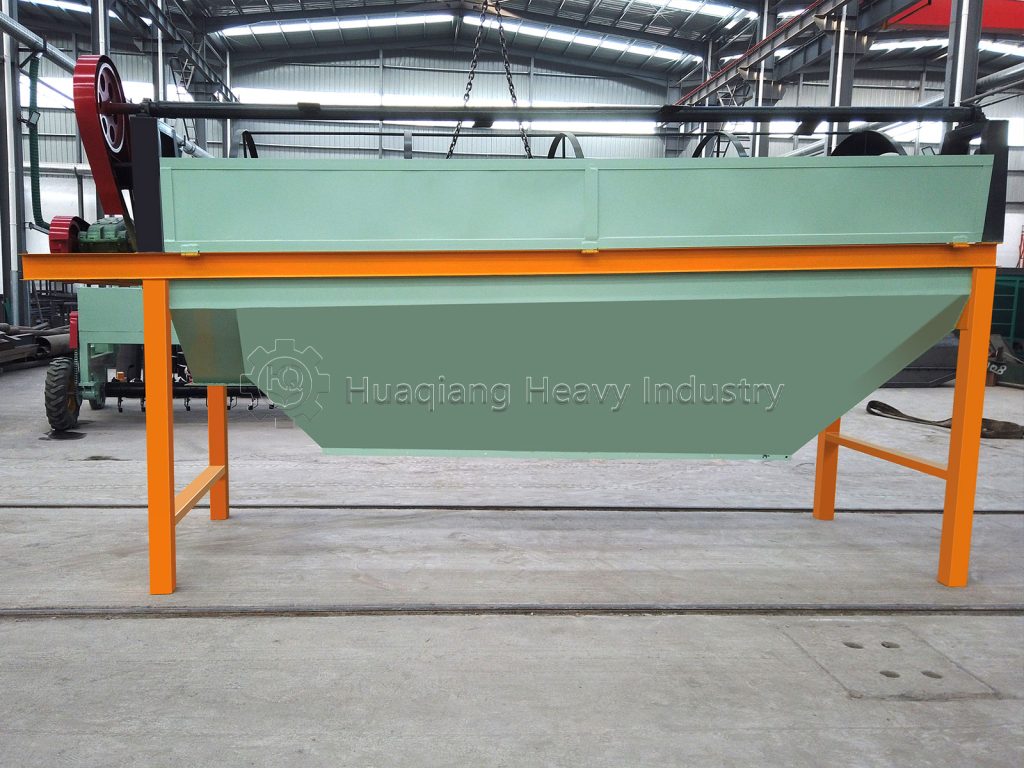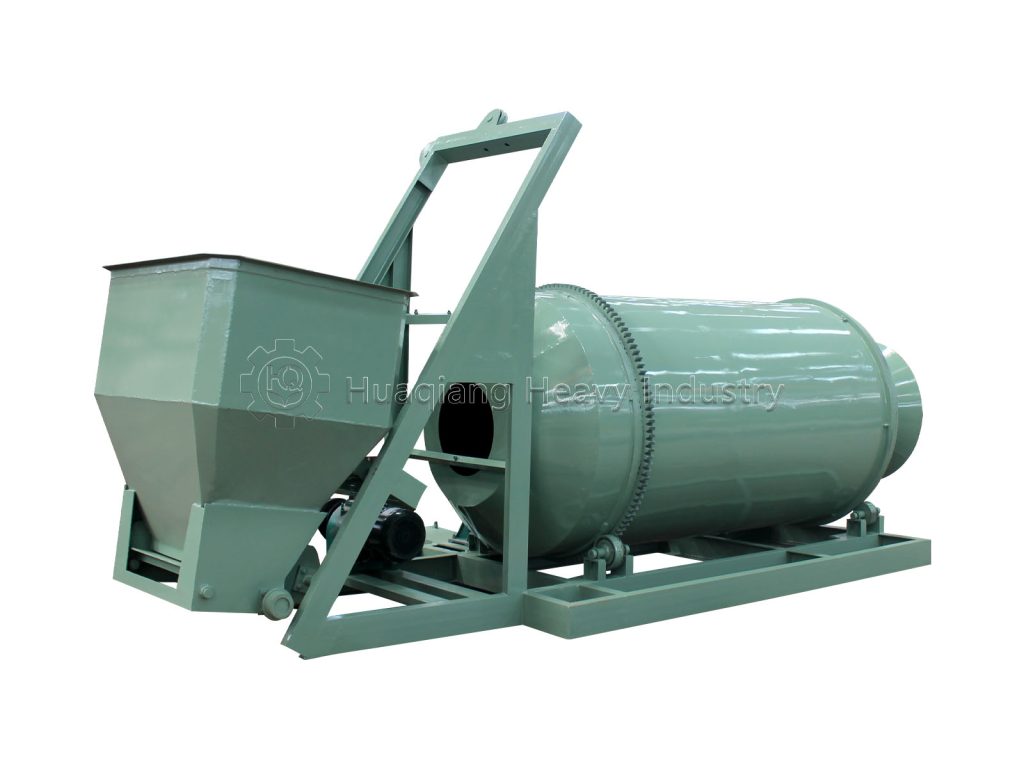In fertilizer production, raw material waste in ring die granulators primarily stems from substandard pellets and die blockage. Targeted measures can increase raw material utilization by 5%-8%.
First, substandard pellets are recycled. After screening in the pelletizer, broken and large particles are collected and crushed to the required particle size (consistent with new raw material) using a dedicated fertilizer crusher. These particles are then mixed with new raw material at a ratio of 1:5 for re-pelletization. Care should be taken to control the moisture content during mixing. If the moisture content of the recycled material exceeds 18%, it should be air-dried to 14%-16% before mixing to prevent moisture absorption and impact on the overall pelletizing effect. Furthermore, the recycled material mix ratio should not exceed 20% to prevent it from affecting the strength of the new pellets.

Secondly, reduce ring die blockage losses. Before each shutdown, empty the pelletizing chamber of any remaining raw material. Then, introduce a small amount of talcum powder (5-8 kg per ton of raw material). Run the ring die granulator at no load for 5 minutes to allow the talcum powder to adhere to the inner wall of the ring die, forming a protective film to prevent residual raw material from solidifying and clogging. During daily production, check the ring die holes for blockage every four hours. If a small blockage is detected, clear it with a special needle (0.5 mm smaller in diameter than the die hole) to prevent further blockage and material waste.
In addition, polish the edges of the ring die holes every 100 hours to remove burrs and minimize material loss caused by material being stuck in the holes. A magnetic separator should be installed at the pelletizer feed inlet to remove metallic impurities from the raw material, preventing them from damaging the ring die and causing pelletizing problems, further reducing material waste.





